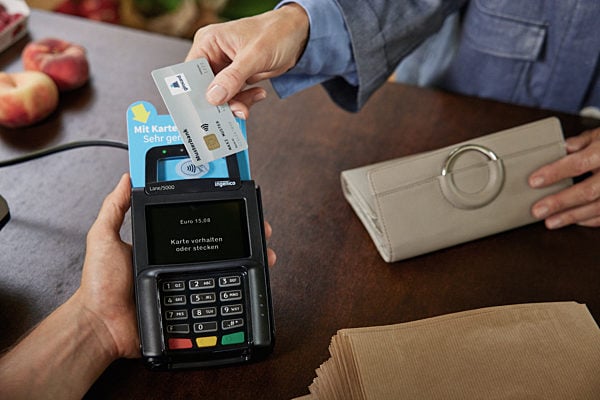Deutsche Bank reported a net profit of €1.2 billion ($1.56 billion dollars), surpassing market expectations.
In the first quarter of 2008, Deutsche Bank had posted a net loss of €141 million, and analysts polled by Dow Jones Newswires had forecast a net profit of €764 million this time around.
Bank chairman Josef Ackermann said: “This was a key quarter for Deutsche Bank. Once again we demonstrated our strength, as we have consistently throughout this crisis. But in this quarter, we also proved our earnings power.”
Deutsche Bank is the latest global bank to report solid first quarter results, along with peers such as Bank of America, Goldman Sachs and Credit Suisse, giving a glimmer of hope that the financial crisis could be past the worst.
Deutsche Bank nonetheless also said it had marked down the value of its assets by €1 billion, including €841 million taken as further provisions against possible losses from exposure to insurance groups.
Provisions taken against credit losses rose to €526 million from €114 million in the first quarter of 2008, the bank said.
“Looking forward, we see continued challenges, but also opportunities,” Ackermann stressed, though the bank did not immediately provide a detailed outlook for 2009.
Success in implementing the bank’s strategies underscored the chairman’s “firm belief that Deutsche Bank is well-positioned not only to weather the current crisis, but also to emerge stronger than ever in the medium term.”
On Monday, Deutsche Bank extended Ackermann’s contract by three years to 2013 after the results helped ease the memory of the bank’s 2008 full-year loss of €3.9 billion, its first loss since the bank assumed its present form in 1956.
On Tuesday, the bank said its Tier 1 capital ratio, an important measure of a bank’s financial health, had risen to 10.2 percent at the end of the first quarter, above its published target of 10 percent.



 Please whitelist us to continue reading.
Please whitelist us to continue reading.
Member comments